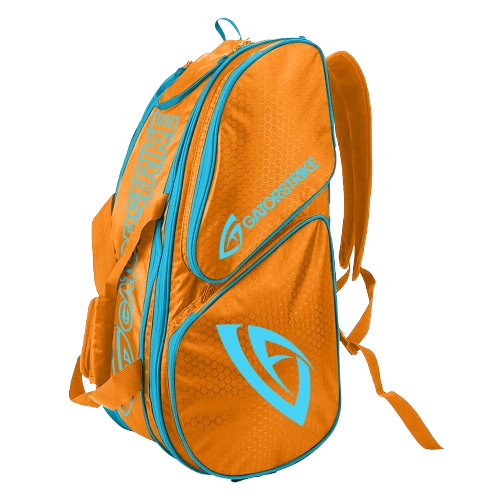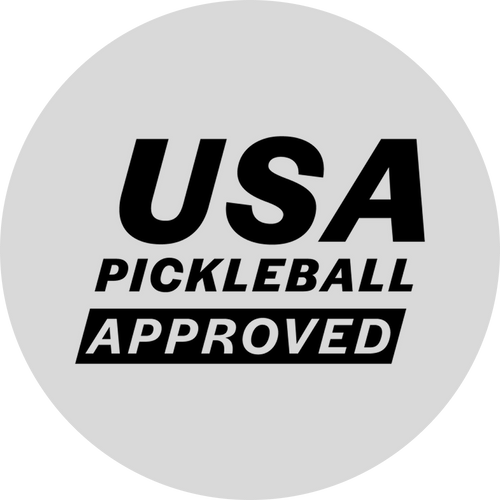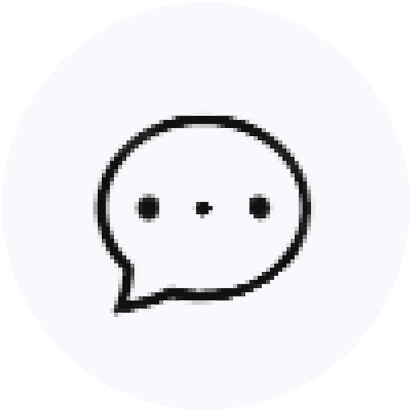
How to Stay Injury-Free in Pickleball Sport
Share
Introduction: The Importance of Injury Prevention
In pickleball, as with any sport, the joy of play can quickly be overshadowed by the frustration of injury. Whether you’re a seasoned player or just starting, staying injury-free is crucial for maintaining both your performance and your passion for the game. Injury prevention not only helps you stay on the court longer but also ensures that your time spent playing is enjoyable and productive. By adopting the right practices, you can significantly reduce the risk of injuries and keep yourself in peak condition for every match.
Common Injuries in Pickleball
Pickleball, though less intense than some other racket sports, still poses certain injury risks, particularly as it involves quick lateral movements, rapid changes in direction, and repetitive motions. Common injuries include strains and sprains, particularly in the ankle and wrist, as well as overuse injuries like tennis elbow and shoulder tendinitis. Knee injuries are also prevalent, especially in players who do not practice proper footwork. Understanding these common injuries is the first step in preventing them, as it allows players to focus on strengthening vulnerable areas and adopting safer playing techniques.
Warming Up: The First Line of Defense
A proper warm-up routine is essential in preparing your body for the physical demands of pickleball. Warming up increases blood flow to your muscles, enhances flexibility, and primes your body for movement, reducing the likelihood of strains and sprains. A good warm-up should include dynamic stretches that mimic the movements you’ll perform on the court, such as leg swings, arm circles, and lunges. Incorporating short bursts of activity, like jogging or jumping jacks, can also help elevate your heart rate and get your body ready for play. Skipping this crucial step is one of the most common mistakes players make, often leading to avoidable injuries.
Strengthening and Conditioning for Pickleball
Building strength and conditioning your body are key components in injury prevention. Focus on exercises that target the muscles most used in pickleball—particularly the legs, core, and shoulders. Squats and lunges help build leg strength and stability, while planks and rotational exercises strengthen the core, providing a solid foundation for movement. For the shoulders, resistance band exercises can improve stability and reduce the risk of rotator cuff injuries. Regular conditioning not only enhances performance but also fortifies your body against the stresses of repetitive motion, making you less susceptible to overuse injuries.
The Importance of Footwork and Balance
Proper footwork is often overlooked, yet it is critical in preventing injuries on the pickleball court. Good footwork ensures that you are always in the right position to make a shot, reducing the need for awkward, injury-prone movements. Practice drills that improve agility and balance, such as ladder drills or side-to-side shuffles. Additionally, working on your balance can prevent falls and the associated injuries, particularly ankle sprains. Balance exercises like standing on one leg or using a balance board can be highly effective. By focusing on footwork and balance, you can enhance your agility while minimizing your risk of injury.
Using the Right Gear
Choosing the appropriate gear is another crucial aspect of injury prevention in pickleball. Shoes designed for court sports are essential—they should provide good lateral support, a non-slip sole, and cushioning to absorb impact. Wearing the right shoes can prevent common injuries like ankle sprains and plantar fasciitis. Additionally, selecting the right paddle can reduce the risk of wrist and elbow injuries. A paddle that is too heavy or has an uncomfortable grip can place unnecessary strain on your joints. Protective gear, such as knee braces or wrist guards, can also offer additional support if you are prone to injuries in those areas.
Listening to Your Body: Signs of Overuse
One of the most effective ways to prevent injuries is to listen to your body and recognize the early signs of overuse. Pain, stiffness, and fatigue are all signals that your body needs rest. Ignoring these signs can lead to more serious injuries, such as tendinitis or stress fractures, which can sideline you for weeks or even months. Pay attention to any discomfort that persists beyond your regular post-game soreness, and don’t hesitate to take a break if needed. Resting when your body needs it is not a sign of weakness, but rather a smart strategy for long-term injury prevention.
Cool Down and Recovery Techniques
Just as warming up is crucial, so too is cooling down after a game. A proper cool-down routine helps your muscles transition from the high intensity of play to a resting state, reducing the risk of stiffness and soreness. Stretching after play helps to relax the muscles and improve flexibility, while gentle movements, like walking, can help gradually lower your heart rate. Recovery techniques such as icing sore areas, foam rolling, and even massage can also aid in reducing inflammation and promoting quicker recovery. These practices are essential for maintaining muscle health and preventing injuries from becoming chronic issues.
Mental Focus and Injury Prevention
Injury prevention isn’t just about physical preparation; it also requires mental sharpness. Staying focused on the court can help you avoid accidents that lead to injury. For instance, being aware of your surroundings, including the position of other players, can prevent collisions. Maintaining concentration during play ensures that you are making deliberate, controlled movements rather than hasty, reckless ones. This level of mental discipline not only enhances your performance but also acts as a safeguard against injury.
The Role of Rest and Recovery in Injury Prevention
Rest and recovery are often underappreciated aspects of injury prevention. Giving your body time to recover after intense play is essential for preventing overuse injuries and ensuring long-term health. This includes taking regular rest days, getting adequate sleep, and allowing time for muscles to repair. Incorporating rest into your routine does not mean you are losing progress—in fact, it’s during these periods that your body rebuilds and strengthens itself. By prioritizing rest and recovery, you can maintain peak performance while significantly reducing the risk of injury, allowing you to enjoy pickleball for years to come.
















